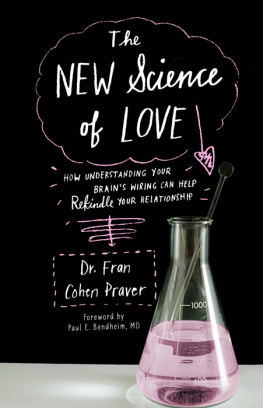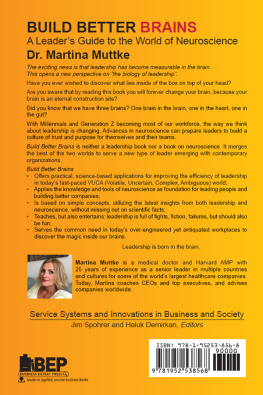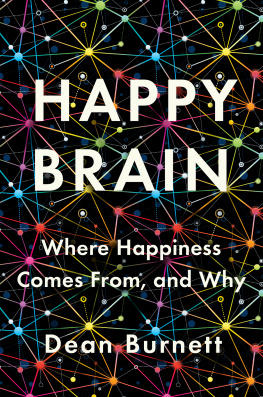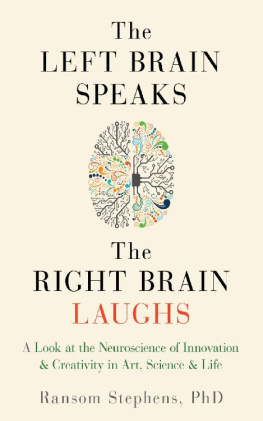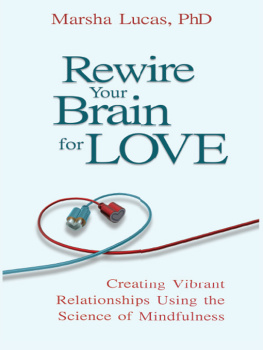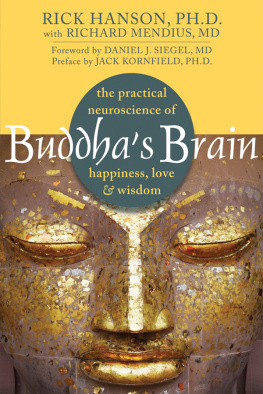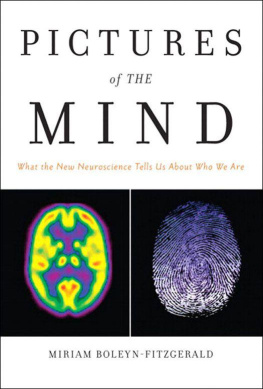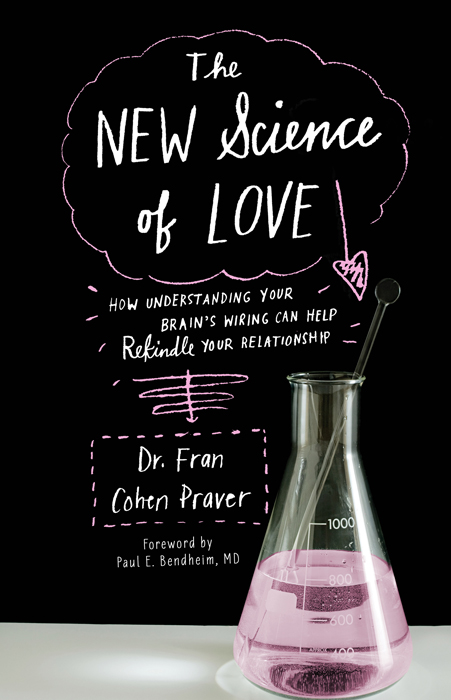Copyright
Copyright 2011 by Fran Cohen Praver
Cover and internal design 2011 by Sourcebooks, Inc.
Cover design by Jessie Sayward-Bright
Cover image Image Source/Getty Images
Sourcebooks and the colophon are registered trademarks of Sourcebooks, Inc.
All rights reserved. No part of this book may be reproduced in any form or by any electronic or mechanical means including information storage and retrieval systemsexcept in the case of brief quotations embodied in critical articles or reviewswithout permission in writing from its publisher, Sourcebooks, Inc.
This publication is designed to provide accurate and authoritative information in regard to the subject matter covered. It is sold with the understanding that the publisher is not engaged in rendering legal, accounting, or other professional service. If legal advice or other expert assistance is required, the services of a competent professional person should be sought. From a Declaration of Principles Jointly Adopted by a Committee of the American Bar Association and a Committee of Publishers and Associations
This book is not intended as a substitute for medical advice from a qualified physician. The intent of this book is to provide accurate general information in regard to the subject matter covered. If medical advice or other expert help is needed, the services of an appropriate medical professional should be sought.
All brand names and product names used in this book are trademarks, registered trademarks, or trade names of their respective holders. Sourcebooks, Inc., is not associated with any product or vendor in this book.
Published by Sourcebooks Casablanca, an imprint of Sourcebooks, Inc.
P.O. Box 4410, Naperville, Illinois 60567-4410
(630) 961-3900
Fax: (630) 961-2168
www.sourcebooks.com
Library of Congress Cataloging-in-Publication Data
Praver, Frances Cohen.
The new science of love : how understanding your brains wiring can help rekindle your relationship / by Fran Cohen Praver.
p. cm.
1. Love. 2. Intimacy (Psychology) 3. Psychophysiology. 4. Interpersonal relations. 5. Man-woman relationships. I. Title.
BF575.L8P73 2011
158.2--dc22
2011007318
Contents
To the loving memory of Bessie and Sam and the loving presence of Vicky and Leland
Foreword
By Paul E. Bendheim, MD
Author of The Brain Training Revolution: A Proven Workout for Healthy Brain Aging
Welcome to the new science of love. You have opened an enlightening love book, but not in the usual romantic sense. The beginning chapters here are insightful, understandable descriptions of aspects of modern brain science: how this revolutionary new science of the changeable adult brain explains our ability to understand and communicate effectively again with a once-cherished partner, to regain the luster of love diminished, and then to maintain its recaptured magic. In the following sections, we are expertly guided through real-life examples and specific mental exercises to harness these intrinsic brain capabilities for rebuilding a damaged relationship. We can arrive again at that treasured place that feeling and thinking men and women rank among their highest priorities: an intimate, respectful, invigorating relationship with our life partner.
Every aspect of our personalities, ambitions, and abilities to relate to others in the most profound manner reside in one place and one place only: our brain. As William James, the founder of modern psychology, put it more than one hundred years ago, The greatest discovery of my generation is that a human being can alter his life by altering his attitude. We now know, based on discoveries made in the past several decades, that the adult brain contains mirror neurons whose connections are not hardwired. This means that your mature brain can actually generate new cells and new connections; it can physically change. In our daily lives, the approach we take to life and lifes problemsour concerted mental effortscan rewire the brain networks responsible for our most important human interactions: communicating, understanding, empathizing, and loving.
The science of how each of us subconsciously understands what our partner perceives, thinks, and feels has been propelled forward by the monumental discovery of the brains mirror neurons made barely fifteen years ago. These brain cells have been labeled monkey see, monkey do cells, as they were first discovered in experimental monkeys. The same brain cells are active when the monkey performs an action or when she simply witnesses another performing this action.
In the human brain, mirror neurons are now the subject of intense and widespread research and theorizing. They may be the central actors in those vast networks, connecting billions of brain cells, that allowed the breathtakingly rapid (in evolutionary terms) advance of human culture. V. S. Ramachandran speculates that mirror neurons will do for psychology what DNA did for biology: they will provide a unifying framework and help explain a host of mental abilities that have hitherto remained mysterious and inaccessible to experiments. Mirror neurons seem to be involved in verbal and nonverbal communication, language, imitation or mimicry, socialization, our ability to understand others, and, as Dr. Praver bravely asserts, our ability to forgive, to be forgiven, and to love again.
Dr. Pravers book, though based on brain science, is not a neuroscience text. She uses the brains intrinsic plasticity and the role of mirror neurons in human verbal and nonverbal communications and empathy as a springboard to help all of us who have experienced difficulties in love. Employing the knowledge gained from her many years of experience as a practicing psychologist specializing in couples therapy, she leads us down that challenging yet ultimately rewarding road of repairing a damaged relationship. The honesty with which she emphasizes the hard work required is refreshing for a book of this genre. There is no magic bullet, but the goal of rekindling the magic of love you once had for your partner is achievable. If you and your partner diligently practice Dr. Pravers clinically proven methods, you will change your brain and enjoy a healthier, happier, lustier love life.
Acknowledgments
The impetus for this book began in my practice, where I see couples who try to bring intimacy back into their relationships. To all of the brave souls who have entered into therapy with me, I thank you. I am awed by your inner strengths and marvel at how you have succeeded in experiencing once again the ecstasy of passionate love.
I owe my training in psychoanalytic theory to my esteemed professors at the Gordon F. Derner postdoctoral program at Adelphi University. The program offered me a warm, accepting environment for exploring the fantasies, symbolic meanings, and real experiences of intimate relationships, along with their scientific underpinnings. The research professors at St. Johns University, where I obtained my PhD, whetted my curiosity for delving into the intricacies of science, research, and their life applications.
I am deeply indebted to my son, Leland; his wife, Vicky; and my analyst, Roberta Jellinek, PhDthey have always believed in me all the way. From this amalgam of cherished peopleprofessors, mentors, colleagues, and familyI have been inspired to derive the therapies that I have used successfully with my patients. Also, my literary agent Katherine Flynns generous and expert guidance is priceless. Shana Drehs, my editor at Sourcebooks, has been on track with me from the beginning and continues to guide and inspire me.

